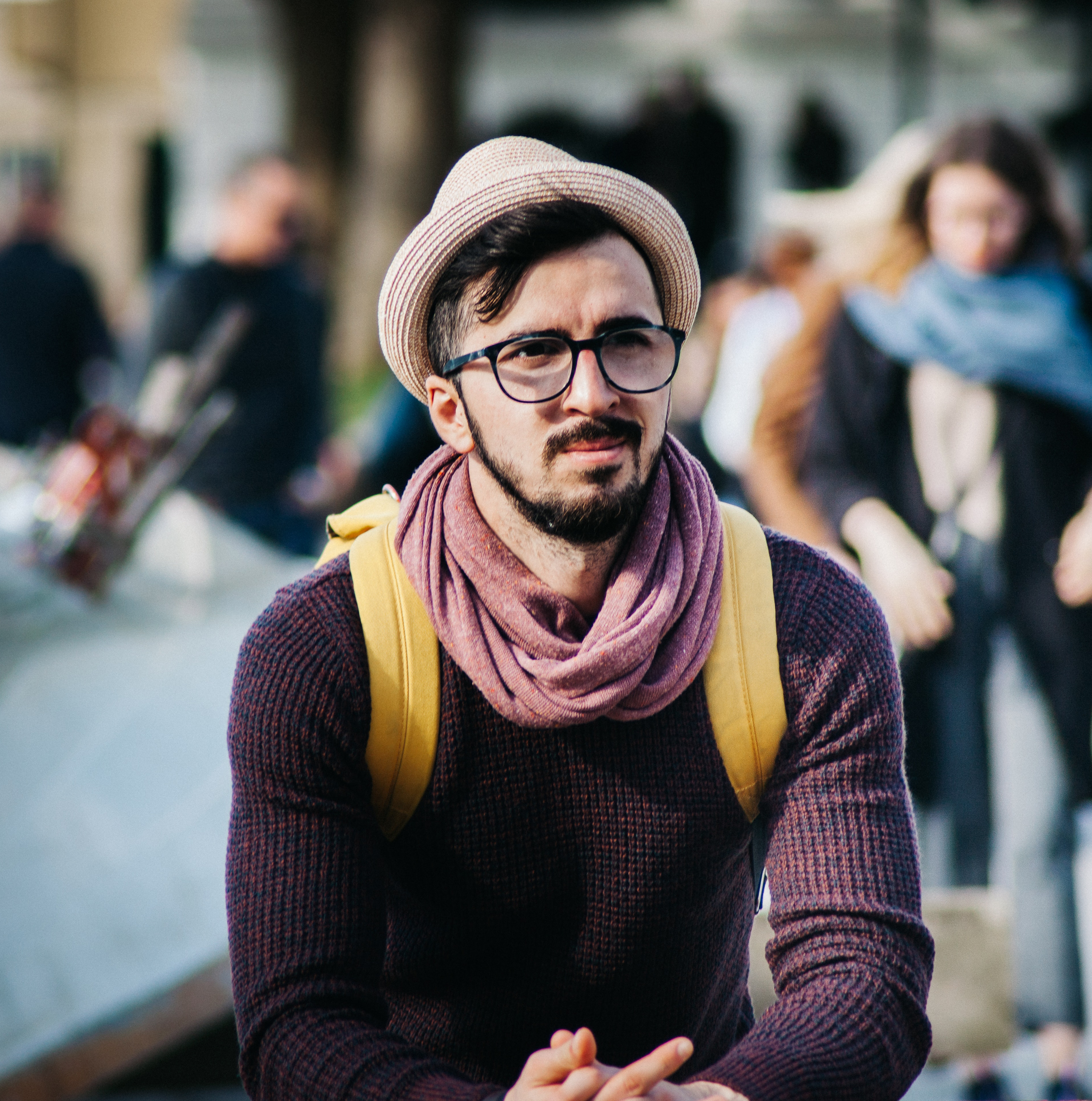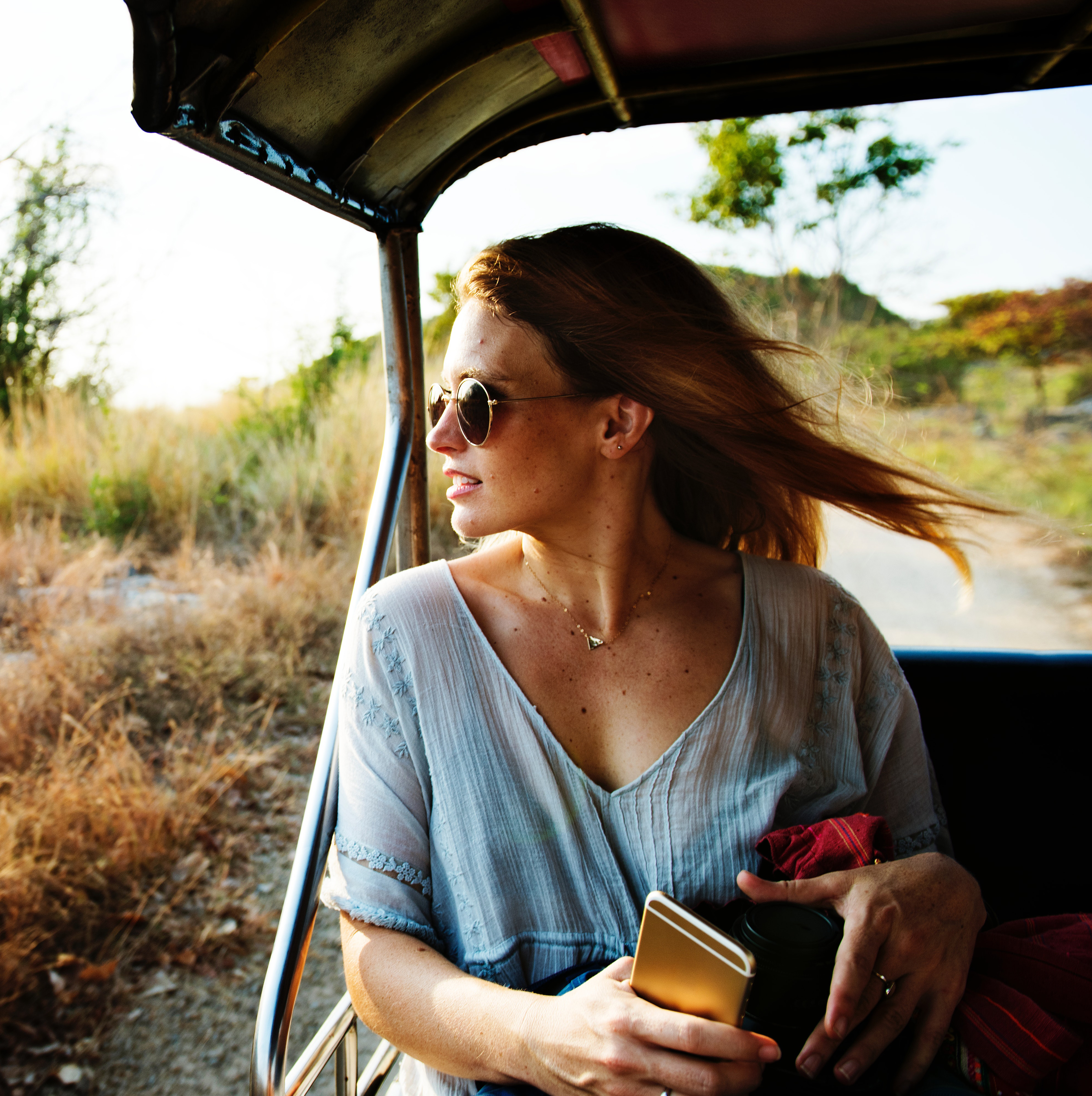welkome to korea guide
seoul
is a city with a lot of history, as the capital has been settled over 2000 years and experienced a lot of warfare. During the Japanese colonisation in the 20th century, the name of the city was changed to Gyeongseong. During the colonisation, palaces were destroyed and the Korean culture was almost swept away. In 1945 Korea became independent and they changed back to the original name. Luckily, the Korean culture survived.
When the city opened up to the outside world in the late 19th century it was the first Korean city to have railways and telephones. Since the 1960s, it industrialised quickly and it has become an economic giant center.
Seoul is one of the larges cities in the world, and has over ten million citizens. It is certainly an impressive city, with towering skyscrapers, modern architecture and lots of shopping possibilities. But in Seoul you can also find many artistic attractions, traditional palaces and temples, right in the city center.
busan
Bursting with mountains and beaches, hot springs and seafood, South Korea’s second-largest city is a rollicking port town with tonnes to offer. From casual tent bars and chic designer cafes to fish markets teeming with every species imaginable, Busan has something for all tastes. Rugged mountain ranges criss-crossing the city define the urban landscape, while events such as the Busan International Film Festival underscore the city’s desire to be a global meeting place. Note that Busan is within the boundaries of Gyeongsangnam-do but is a separate administrative unit with its own telephone area code.
jeju
Just off the coast of South Korea, Jeju Island pulls in vacationers and honeymooners by the thousands. Even if you haven't just gotten married, a vacation here sure can feel like it.
Regular direct flights to and from international cities such as Tokyo, Osaka, Beijing and Shanghai (as well as South Korea's domestic airports) and liberal visa requirements also make getting here a snap.
Jeju Island features a volcanic Hallasan commanding the island from the center, a 224-kilometer semi-tropical forested national park, a wild coastline dotted with waterfalls and the longest lava tube in the world.


